Castlevania on Netflix has a few claims to fame. It's the first video game adaptation that's been a genuine success, earning the love and respect of Nintendo aficionados everywhere. Plus, it's got all the blood and gore that anime fans love. While you're distracted by the cool explosions and profound dialogue, which are totally fictional, there are some interesting parts of the show that are taken directly from real life.
We don't mean Easter Eggs taken from the "real" video games or obscure fan theories like the Belmont family being another version of the Van Helsings. These are references that are mostly unique to the Netflix adaption of Castlevania that refer to people, places, or things in real life. Anything from the video games on this list also appears in the animated series and in real life.
10 Styria
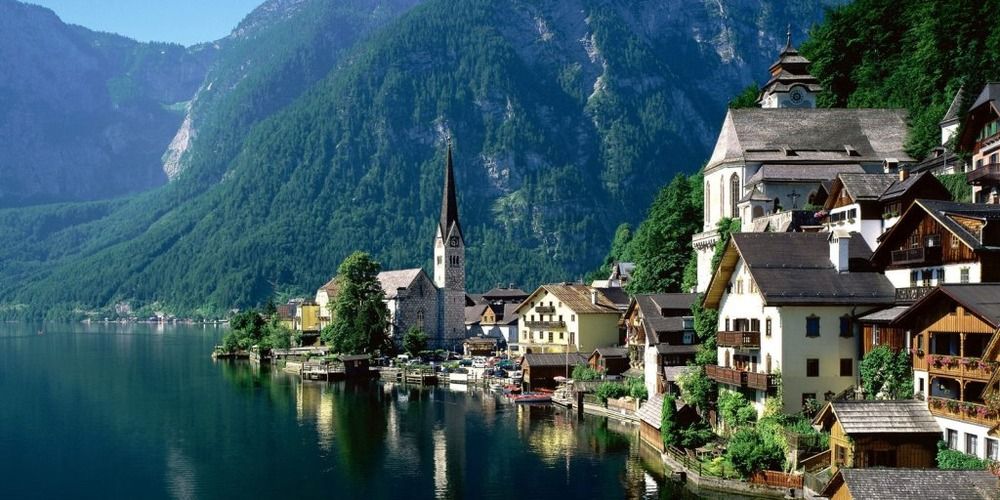
It sounds made up, but Styria is a real place in Austria. It's not even an obscure reference or an ancient name that nobody uses any more. Any map, list of directions, or tourist information books will use this name to refer to the second-biggest province of Austria. It's known as the country's green heart and hosts several popular wine routes, many of which are home to stately castles on mountaintops. A few of them have Gothic designs but nothing like the buttresses on Carmilla's castle.
9 Medieval Eastern Europe
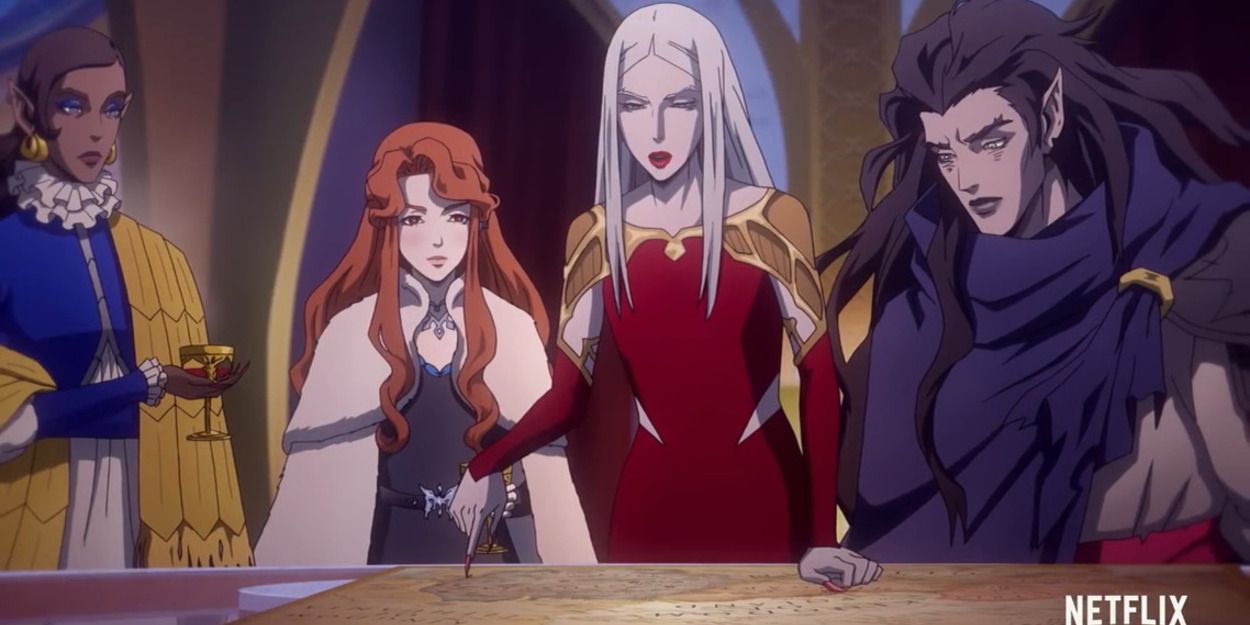
In another category about geography, there are a few scenes when the sisters are looking over a large map. In one of them that features Striga and Morana, we get a much better look at the map and see some familiar names. Moldavia, Hungary, Poland, and Lithuania appear on the map as part of the possible future empire ruled by the Vampire Council. If you already know that Styria is a real place in Austria, this won't come as a surprise.
8 St. Germain
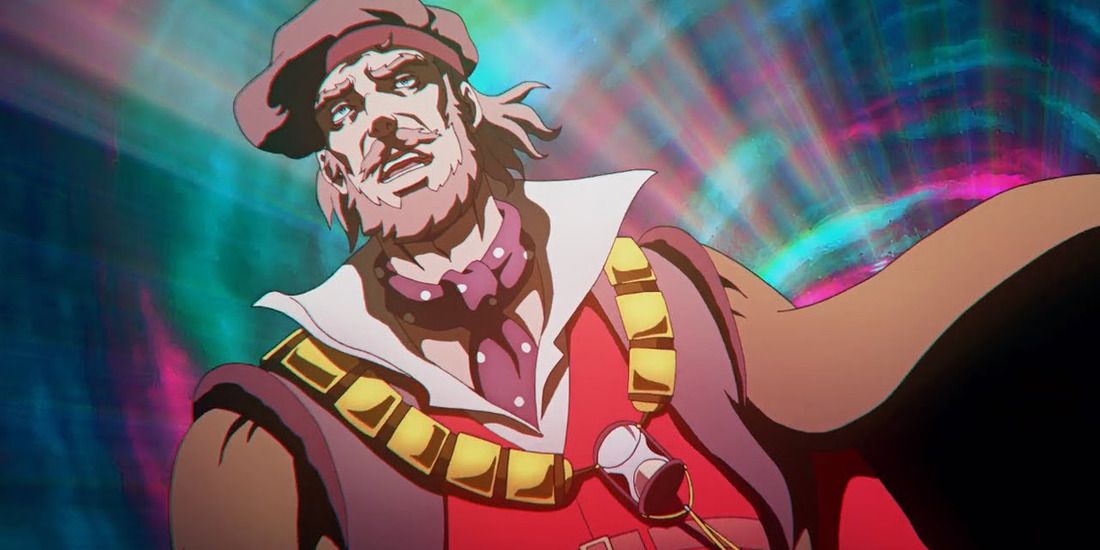
The character of St. Germain is connected to the Castlevania video games, but that character is based on a real person. He was known as Comte de Saint Germain, or at least sometimes as he went by many names, and he lived in 17th century France. He never officially revealed his true identity, but later in life, he claimed to be the son of Prince Francis II Rákóczi of Transylvania. The noted philosopher Voltaire nicknamed him, "The Wonderman" although the title was sarcastic.
7 Tunis
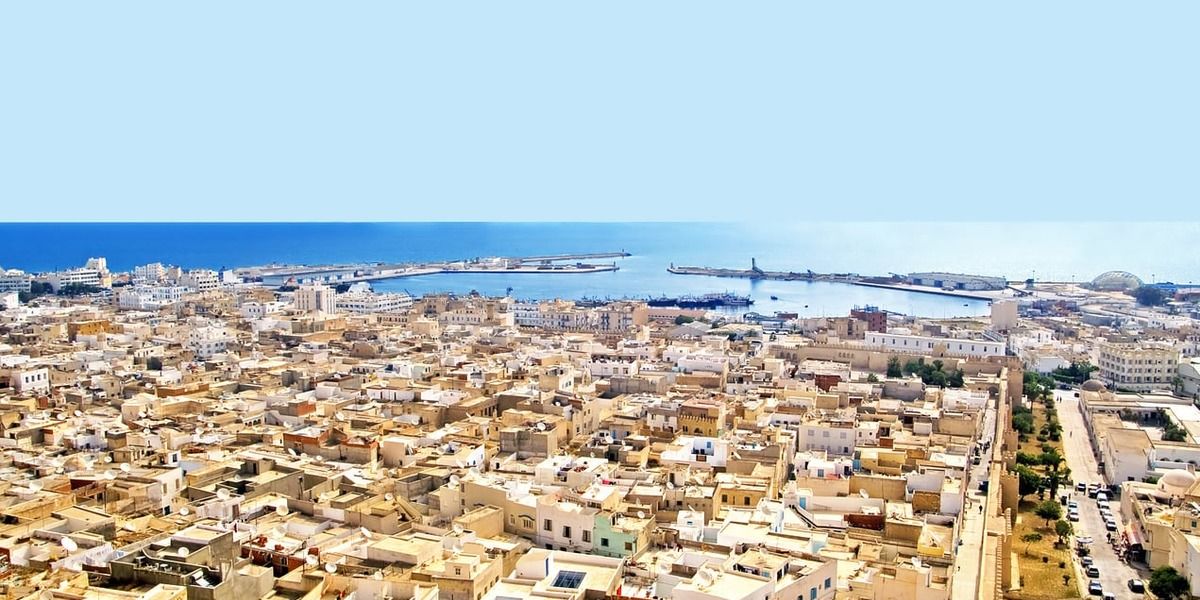
Unlike the previous two seasons, we see some familiar names that would appear on modern maps. One of the first is the city of Tunis, an ancient port city that is still the capital of Tunisia in northern Africa. In ancient times, the location on a hill was beneficial to watch the nearby port of Carthage, which was eventually destroyed by the emerging Roman Empire. In Castlevania, Isac travels through this town and meets a collector who gives him a mirror, which gives him the information he needs to plan his next move.
6 Genoa
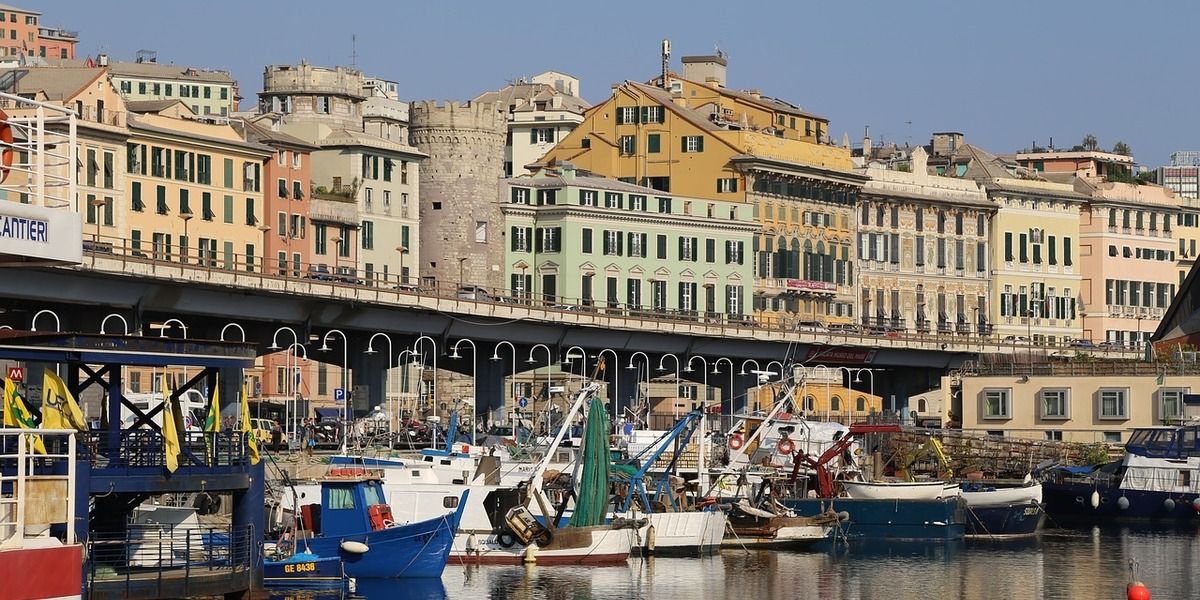
Genoa has a few claims to fame, one of them being that it was deeply involved in the Crusades and dominated the trade routes along the Meditteranean for some time. It's also been associated with strides in navigation, exploration, and the horrors of colonial encroachment. Genoa was a common staging point for European expeditions to both the Middle East and the New World, so it's poetic justice that this is where Isaac and his army would make landfall once they reached Europe.
5 A Reverse Crusade
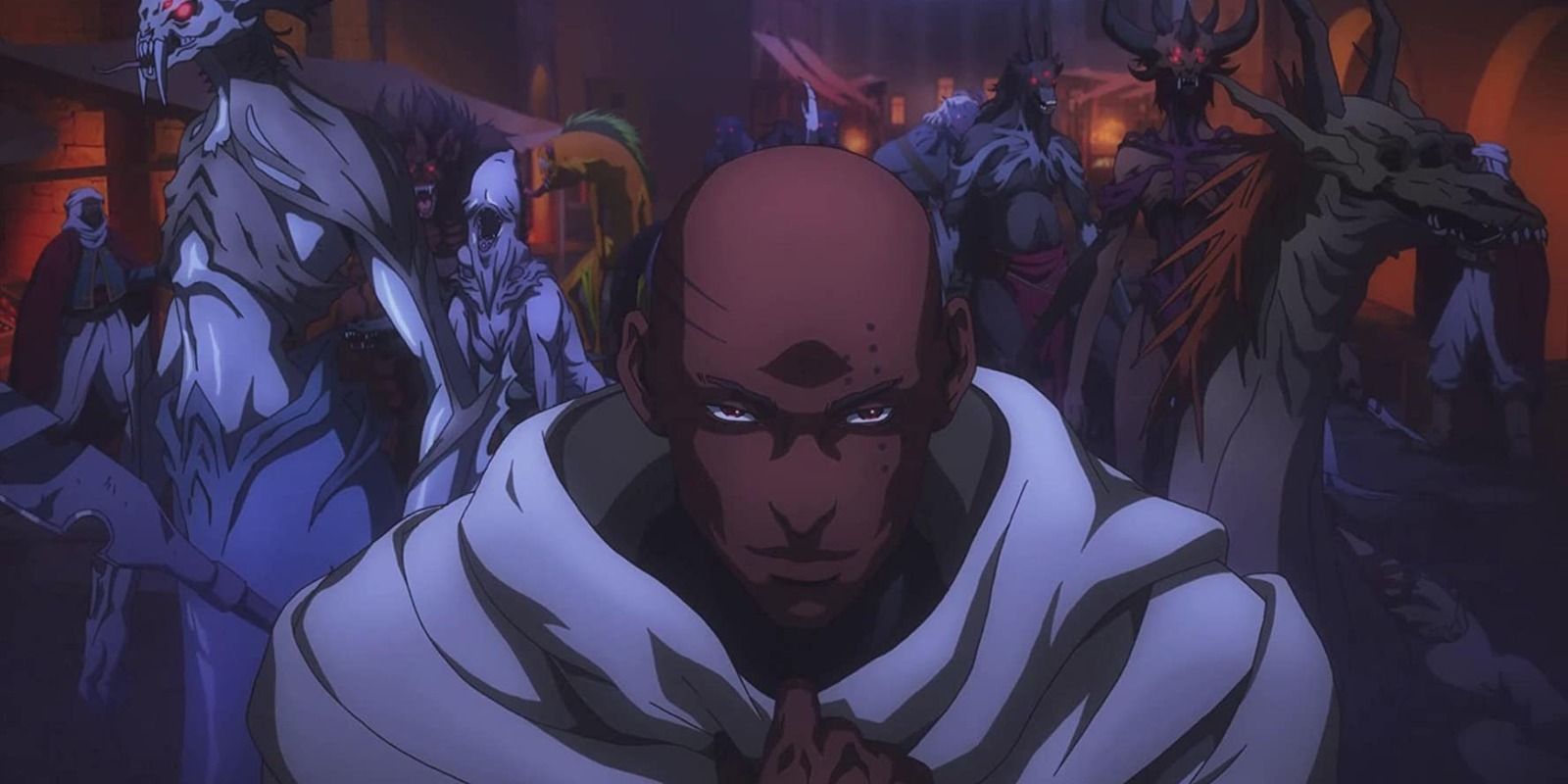
Returning to the subject of European geography, Isaac's route back to Europe seems to contain an interesting bit of alternative history. He makes several references to the prophet Mohammed during his journey and makes several references to being in the midst of a spiritual crisis despite the fact that his intentions to find and destroy both Carmilla and Hector are quite clear.
Isaac is leading his army of undead, a holy army as he seems to believe, from the Middle East to Europe. He's even taking one of the same routes from the continent, just in reverse. Perhaps the writer had something similar in mind, imagining that a Crusade had come out of the Holy Land to ravage Europe instead of the other way around.
4 Lenore
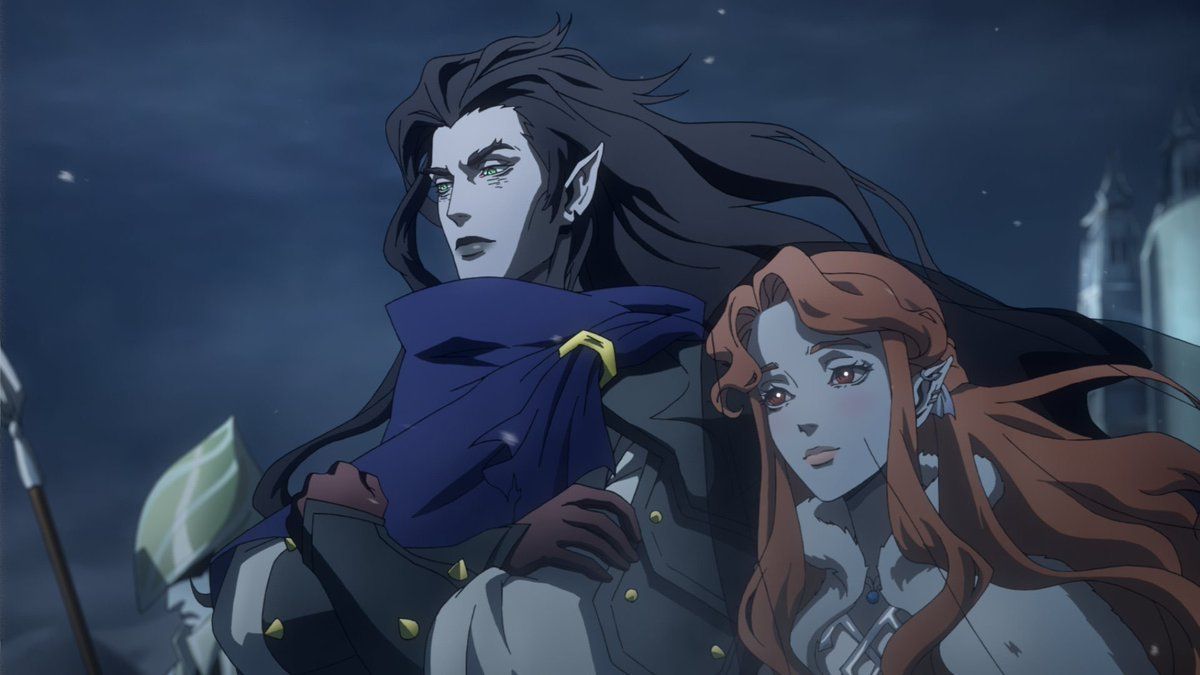
"Eagerly I wished the morrow;—vainly I had sought to borrowFrom my books surcease of sorrow—sorrow for the lost Lenore—For the rare and radiant maiden whom the angels name Lenore—Nameless here for evermore..."
So Hector seems to be, late one night when Lenore of the Vampire Council comes to visit him. The similarity in names is not a coincidence. Lenore is based on the same angelic apparition that drove the subject of Poe's verses to madness. Lenore is shown standing next to the raven head that decorates Striga's left shoulder guard in several scenes, and the difference in height means she literally has an oversized raven's head floating next to her face almost all the time. Can we doubt the obvious reference? Quoth the Raven, "Nevermore."
3 Athens
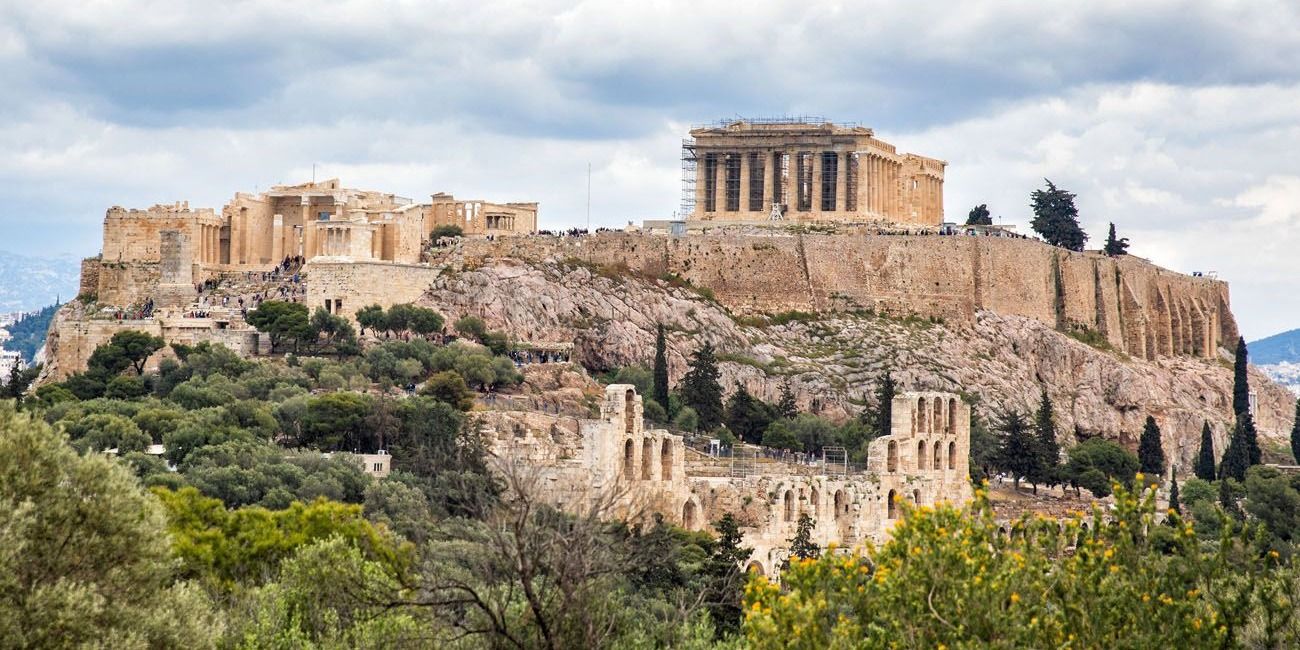
Another symbol of a bygone age that was ravaged by hordes of the faithful, Athens experienced a significant change during the tumultuous time that Christianity replaced paganism as the social norm of the brave new world. It's not a mistake that Flyseyes, the demon with the power to speak, mentions his former home as being that of Athens. many of the Emporers of the late Roman Empire turned against paganism, most of them under the guidance of Ambrose, the Bishop of Milan. Greek cities that were previously centers of philosophy, research and intellectualism suffered the most, as their libraries and schools were often part of pagan temples or dedicated to pagan deities.
2 Carmilla
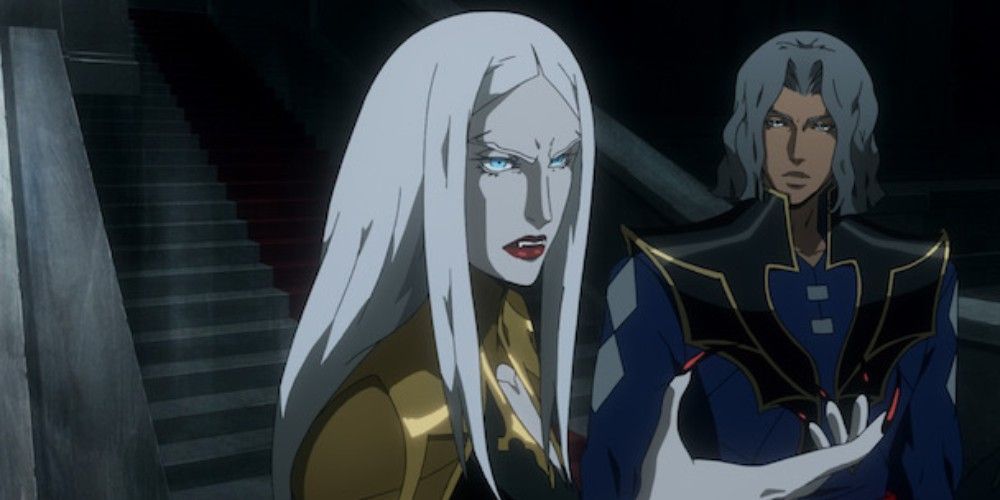
All of the vampire sisters recall some of the oldest vampire references that exist in literature and legend. A character by the name of Carmilla, also a vampire, was created by the author Joseph Sheridan Le Fanu in 1872, more than 25 years before Bram Stoker would write his famous novel. The work is often hailed as ground-breaking, not in the realm of Gothic horror, but also in its depiction of a lesbian character. Did we mention that the story also takes place in Styria, Austria?
1 Striga and Morana
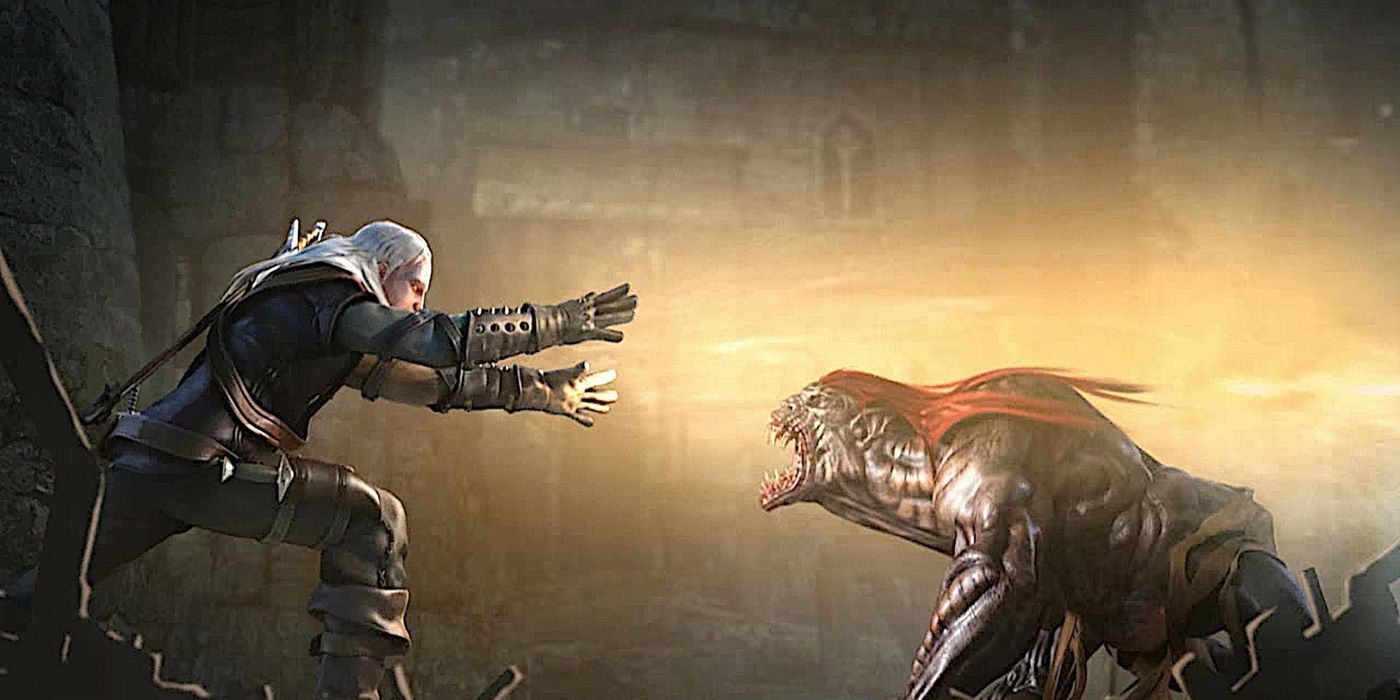
If we have two of the vampire sisters, then we have to ad the rest of the team as well. This is easy, because Striga and Moranna also have references in real life in stories and literature, just like their dark sisters. Fans of video games or another popular series, The Witcher, have already seen one interpretation of a creature known as the "striga." As for Morana, her name is a reference to the god of death that was worshipped in the ancient pagan religions of Eastern Europe, one of the few times when Death is depicted as a woman.
from ScreenRant - Feed https://ift.tt/2IZjyBo





No comments: